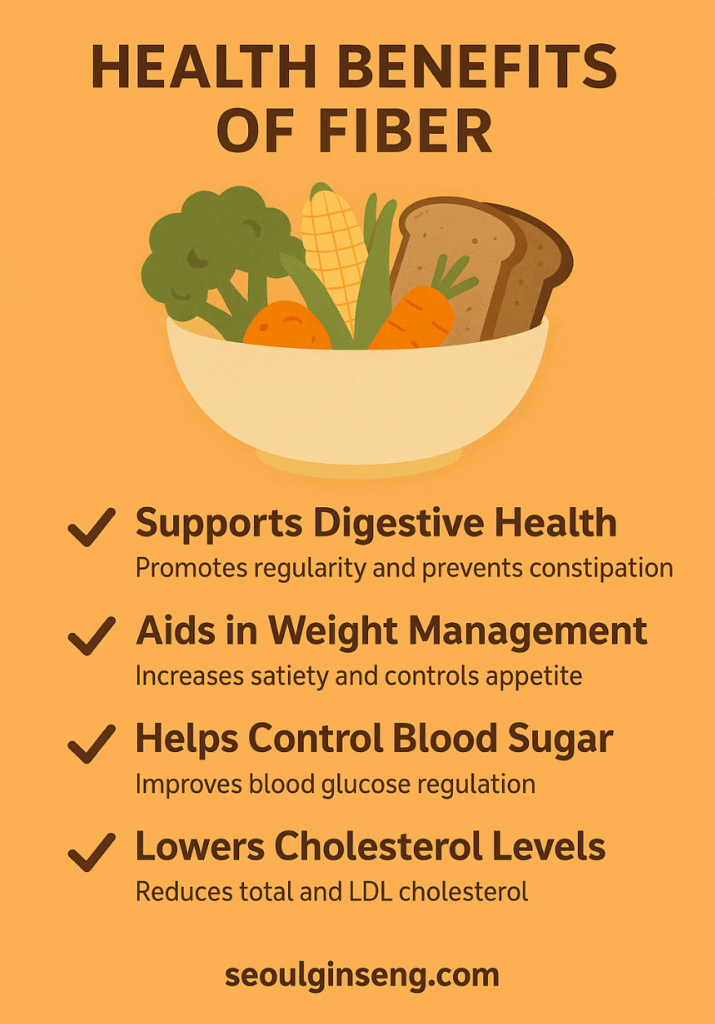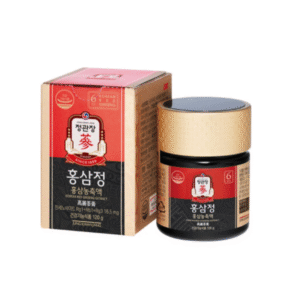Dietary fiber is one of the most important nutrients for maintaining good health, yet many people fail to consume enough in their daily diet. Found mainly in fruits, vegetables, legumes, and whole grains, fiber plays a critical role in supporting digestion, regulating blood sugar, reducing cholesterol, and aiding in weight management. This article, based on Google’s E-E-A-T guidelines (Experience, Expertise, Authority, Trustworthiness) and Google Health Content policies, explores the science-backed benefits of fiber and practical ways to increase intake.
What Is Dietary Fiber?
Fiber is a type of carbohydrate that the body cannot fully digest. Instead of being broken down like sugars and starches, fiber passes through the digestive system largely intact, providing unique health benefits. It comes in two forms:
- Soluble Fiber: Dissolves in water, forming a gel-like substance that helps lower blood sugar and cholesterol.
- Insoluble Fiber: Adds bulk to stool, supporting regular bowel movements and preventing constipation.
Evidence-Based Health Benefits of Fiber
1. Supports Digestive Health
Fiber promotes bowel regularity by adding bulk and softness to stool, which helps prevent constipation. It also fosters the growth of healthy gut bacteria, improving overall gut microbiome diversity. Studies published in the National Institutes of Health (NIH) highlight that a fiber-rich diet lowers the risk of colorectal diseases.
2. Helps Control Blood Sugar
For individuals with type 2 diabetes or insulin resistance, soluble fiber slows the absorption of sugar, preventing spikes in blood glucose after meals. This results in better glycemic control and long-term reduction in complications associated with diabetes.
3. Lowers Cholesterol Levels
Fiber binds with cholesterol particles in the digestive tract, helping remove them from the body before absorption. Regular consumption of soluble fiber has been linked to reduced total and LDL (“bad”) cholesterol, supporting cardiovascular health (American Heart Association).
4. Aids in Weight Management
High-fiber foods are more filling, which increases satiety and reduces overall calorie intake. Fiber slows digestion, keeping you fuller for longer and reducing cravings for unhealthy snacks. This makes it a key factor in sustainable weight management.
How Much Fiber Do You Need?
The Dietary Guidelines for Americans recommend:
- Women: 25 grams per day
- Men: 38 grams per day
Unfortunately, most people consume only about half of the recommended amount. Increasing intake gradually and drinking plenty of water can help prevent digestive discomfort.
Best Sources of Fiber
- Fruits: Apples, pears, berries, bananas
- Vegetables: Broccoli, carrots, spinach, sweet potatoes
- Legumes: Lentils, black beans, chickpeas
- Whole Grains: Oats, brown rice, barley, quinoa
- Nuts & Seeds: Almonds, chia seeds, flaxseeds
Practical Tips for Boosting Fiber Intake
- Start your day with oatmeal or whole-grain cereal.
- Add beans or lentils to soups, salads, and stews.
- Snack on raw vegetables, fruits, or nuts instead of processed foods.
- Replace white rice or bread with brown rice and whole-grain alternatives.
🇰🇷 Premium Korean Ginseng Online Shop







